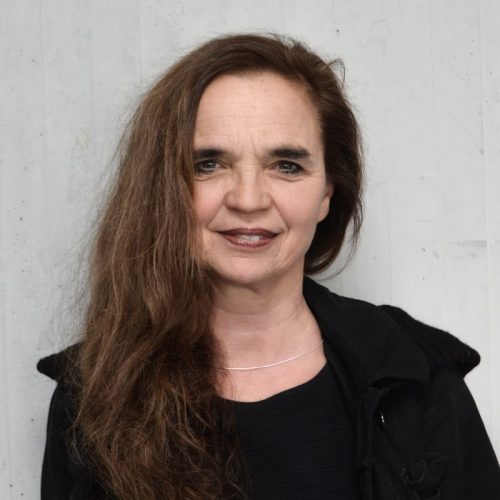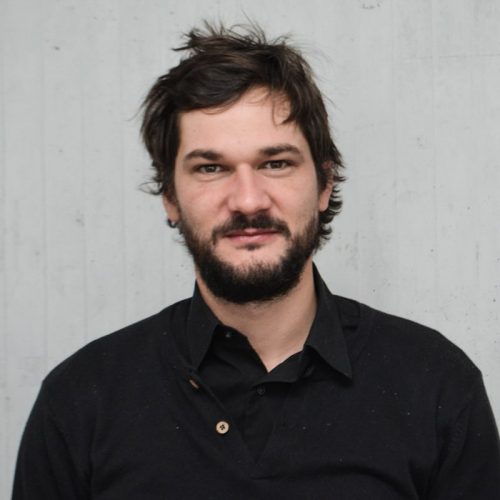As big cities are grappling with ideas on resilient futures, it is also high time to put the potentials of wider urban areas back on the agenda. In many regions outside the large cores everyday life has been “urbanized” by the absorption of growth, modification of infrastructures and experience of social disparities. In the broader system and due to its low density dispersion change has been less obvious, albeit persisting. In addition, the global “hinterland” manufactures the goods, stores the data, harvests food and energy, provides resources and stocks ecological functions and recreational space. These territories also need to substantially contribute to translating Sustainable Development Goals (SDGs) into practice and follow clear paths to transformation. As the grand narrative of metropolitan urbanization prevails – wider urbanized territories as well can create an enduring story beyond backwardness, exploitation and competitive tug of war.
“If we solve the transformation of the big cities, we are just half way there” – Alexander Wetzig, Former Mayor of Ulm, Upper-Swabia, Germany
Conceptualizing the urban periphery has a long history
Fragmented and polycentric areas are a typical urbanization pattern across Europe, and efforts to analyse and conceptualize the phenomenon have a long history. Thomas Sieverts’ approach to Zwischenstadt or Bernardo Secchi`s and Paola Viganò’s work on Città dispersa date back to the late 20th century. Already then, they were building on a much older interest in urban-rural potentials, expressed amongst others in Frank Lloyd Wright’s Broadacre City. 5th Studio’s work on the Oxford-Cambridge Corridor, Karl Ganser’s Emscher-Park concept or Studio Basel’s image of urban Switzerland have inspired and influenced national planning policies and left traced over decades. Disaster driven concepts or landscape based readings, like the one for the entire NYC bay area, uncovered strong levers – and increasingly, projects like Paola Vigano’s Brussels 2040 – A radical project further elaborate the vision of a Horizontal Metropolis as an additional model for sustainable transition at times of urgently needed global change.






